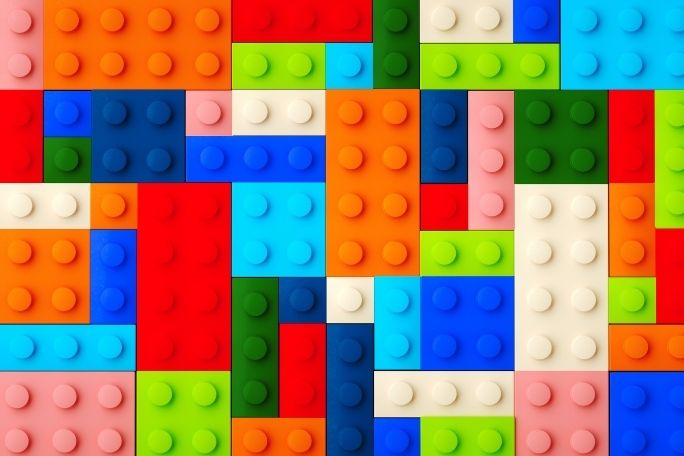Lesson summary
STEM learning can be undertaken using many different materials in early learning. Using LEGO or larger connecting bricks is a wonderful way to create a vibrant STEM experience. In this lesson the children use LEGO to build a balloon-powered car. They see forces in action and take part in an active building challenge. Children explore design through hands-on building and troubleshooting. An important part of STEM learning is for children to try things out to see what works. This process often leads to making adjustments or redesigns, both of which are vital critical thinking skills. This activity is a great way to focus on problem solving skills using STEM.
Learning intentions:
Children will...
- learn about force and motion using STEM
- develop creativity through participating in a design challenge
- develop problem-solving skills
- build and design a vehicle using connecting bricks.
Success criteria:
Children can...
- think creatively in response to a design brief
- work collaboratively
- persist and trouble-shoot challenges.
Lesson guides and printables
Lesson details
Curriculum mapping
EYLF Learning Outcomes:
Learning Outcome 2: Children are connected with and contribute to their world
2.4 Children become socially responsible and show respect for the environment
Learning Outcome 4: Children are confident and involved learners
4.1 Children develop a growth mindset and learning dispositions such as curiosity, cooperation, confidence, creativity, commitment, enthusiasm, persistence, imagination and reflexivity
4.2 Children develop a range of learning and thinking skills and processes such as problem solving, inquiry, experimentation, hypothesising, researching and investigating
4.4 Children resource their own learning through connecting with people, place, technologies and natural and processed materials
Learning Outcome 5: Children are effective communicators
5.1 Children interact verbally and non-verbally with others for a range of purposes
5.3 Children express ideas and make meaning using a range of media
Time required: 50 mins.
Level of teacher scaffolding: Medium to High. The educator will need to set up the STEM challenge and assist the children in conducting the activity. The early childhood educator role shifts to being a side-by-side learner in this activity once the children begin to build and test their car.
Resources required
- balloons – one per group
- LEGO or connecting bricks
- marker
- masking tape
- one to three arched bricks
- tape measure
- wheel sets – four wheels for each group.
Skills
This lesson is designed to build competencies in the following skills:
- collaboration
- creativity
- critical thinking
- flexibility
- problem solving
- social skills.
Additional info
This is an original Cool+ lesson.


Welcome back!
Don't have an account yet?
Log in with:
By signing up to Cool.org you consent and agree to Cool's privacy policy to
store, manage and process your personal information. To read more, please see
our privacy policy here(Opens in new tab).
Create your free Cool.org account.
Many of our resources are free, with an option to upgrade to Cool+ for premium content.
Already have an account?
Sign up with:
By signing up to Cool.org you consent and agree to Cool's privacy policy to
store, manage and process your personal information. To read more, please see
our privacy policy here(Opens in new tab).